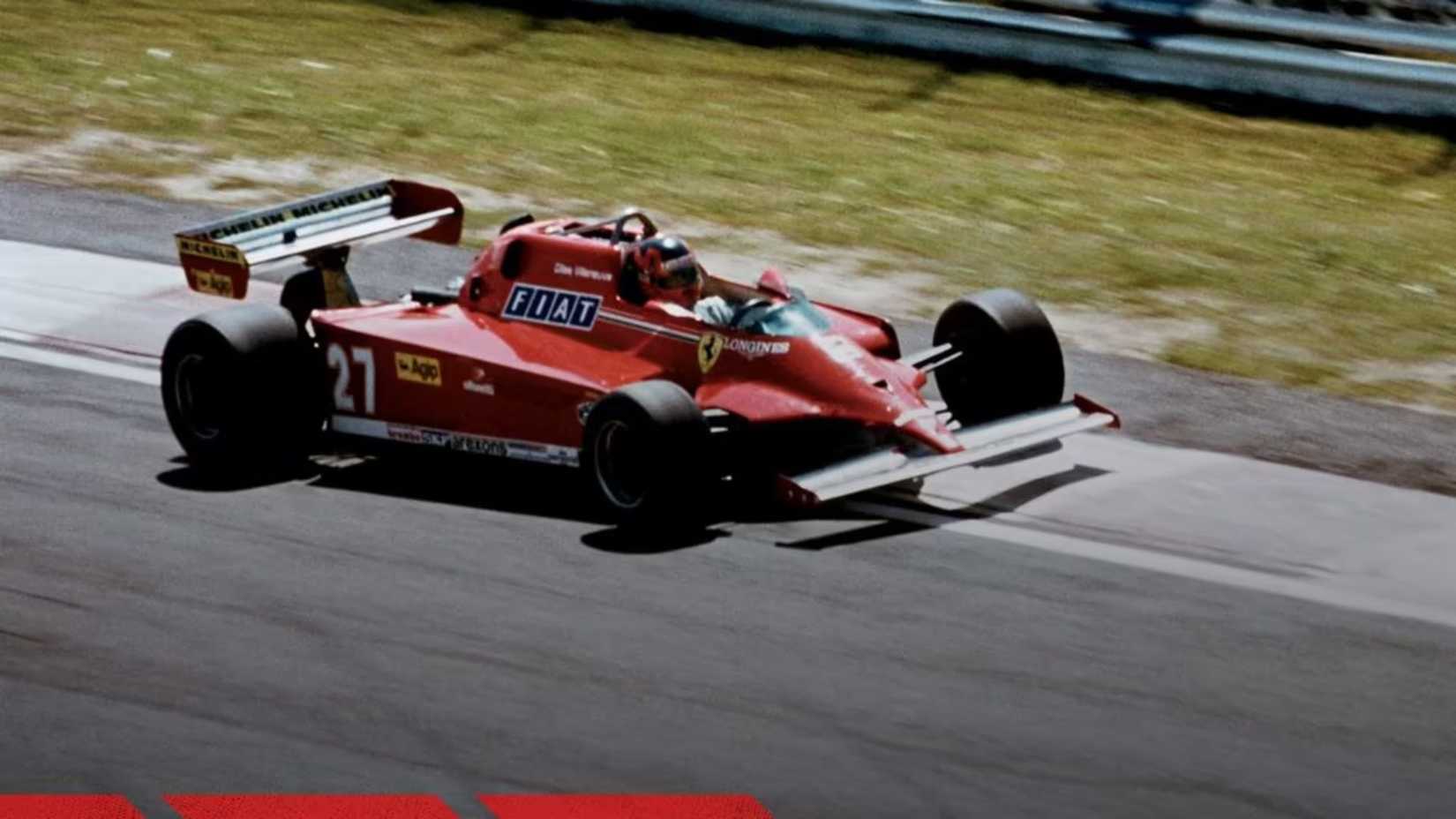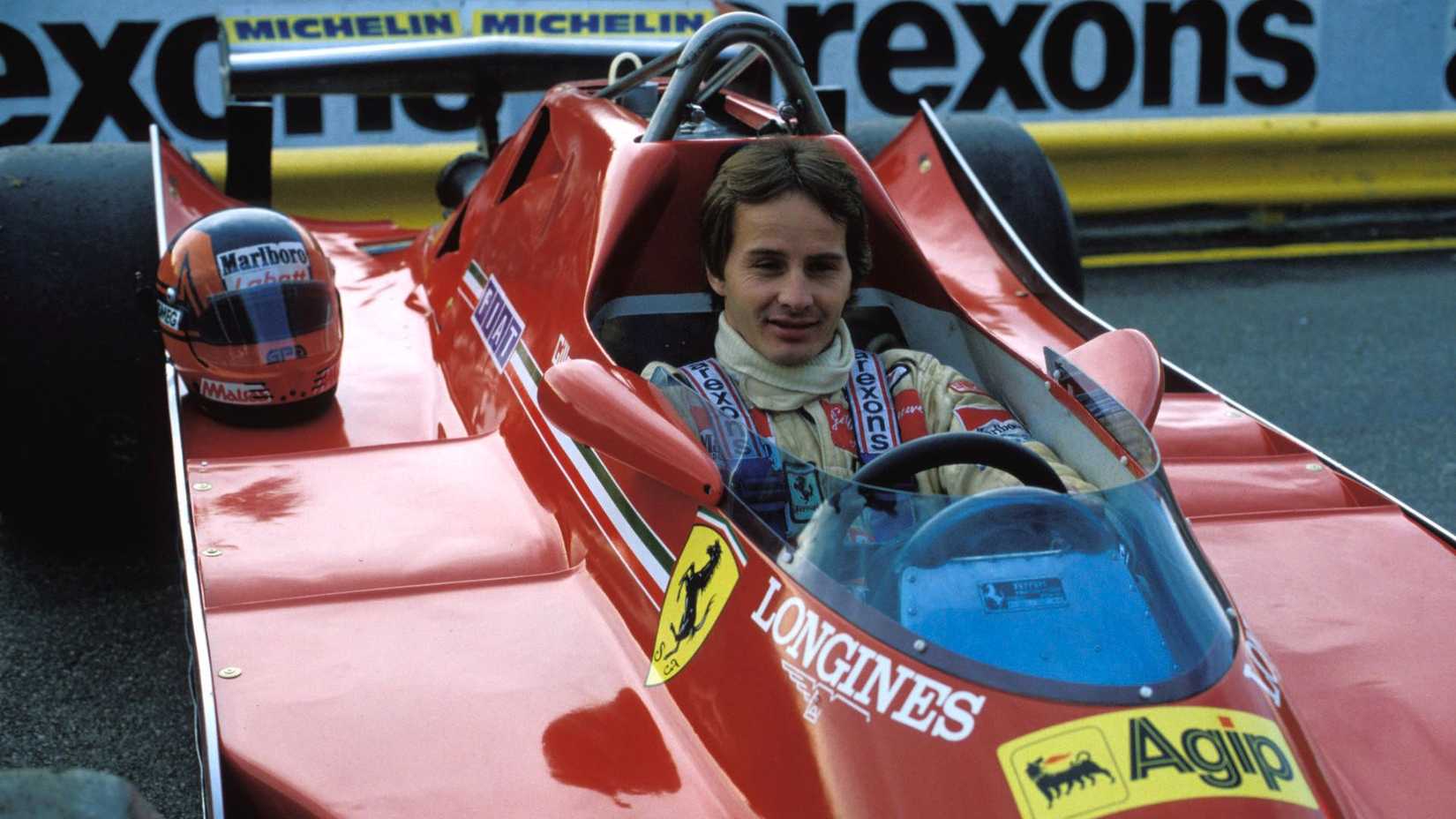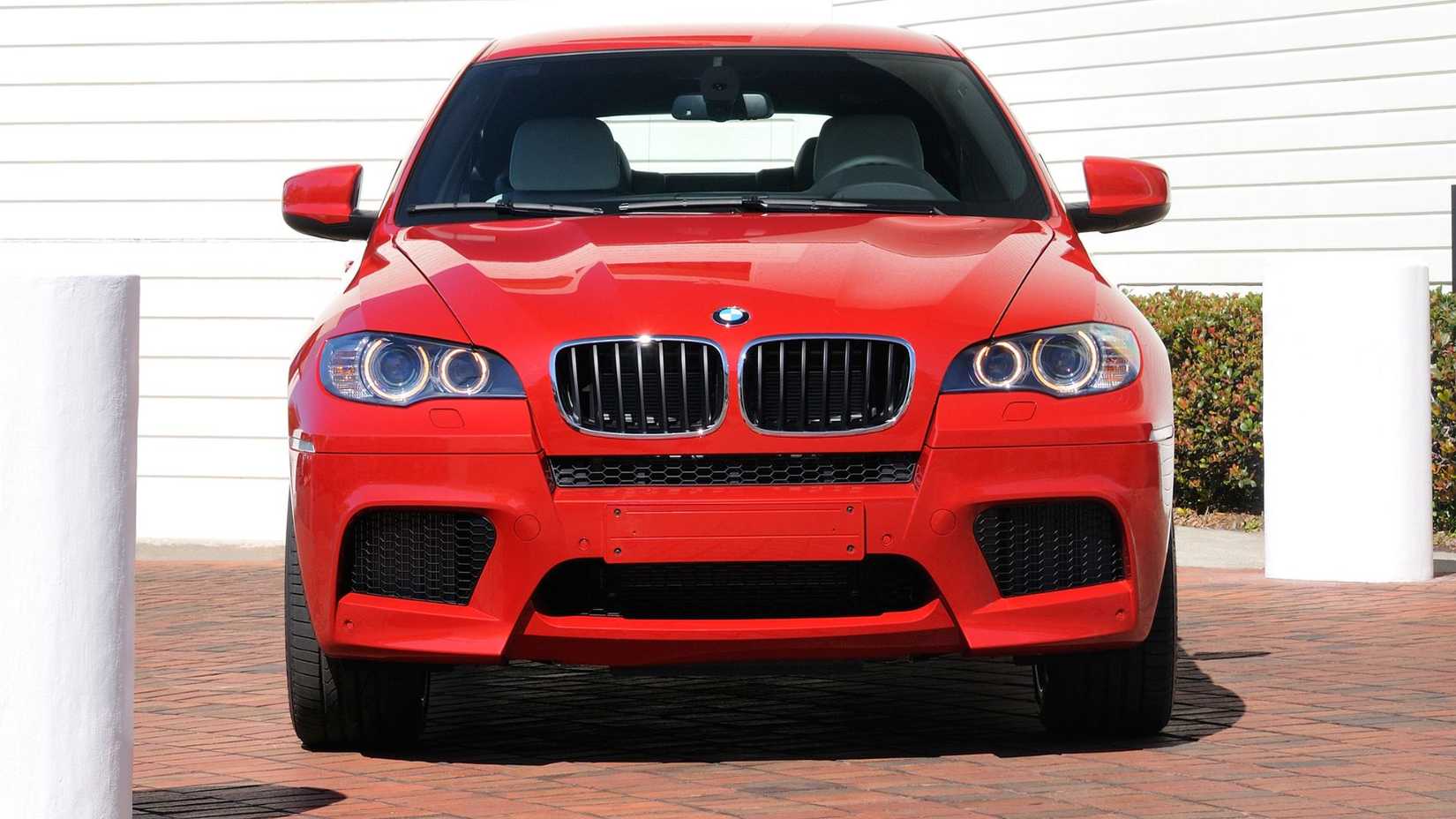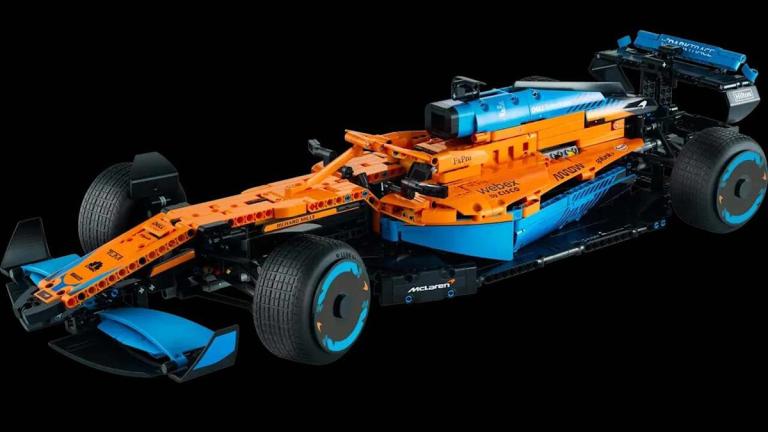
In 2008, some enthusiastic journalists rushed to praise BMW when it launched its S63 V8 with a novel “hot-inside-vee” turbo approach. This perceived stroke of genius made the turbochargers more efficient, sharpening throttle response and reducing the typical plumbing setup by putting the turbochargers within the valley of the V8 engine itself.
But those journalists were wrong to attribute this invention to German genius alone, as Ferrari had beaten BMW to the chase, and not by a little bit – 26 years earlier, as it turned out. Crucially, though, the Italian invention sat within the engine of a Formula One car in a very different environment and Ferrari was more motivated by a stopwatch than a sales order.
Ferrari Invented The Hot-Vee Layout Ages Before BMW Made It Cool
|
1981 Ferrari 126C Turbo |
|
|---|---|
|
Engine |
1.5-liter 120 degree twin-turbo V6 |
|
Transmission |
Five-speed transverse manual |
|
Drivetrain |
Rear-wheel drive |
|
Power |
From 560 hp |
|
Torque |
From 413 lb-ft |
At the end of the 1970s, Formula One was exploring a ground-effect revolution where aerodynamics became the hot topic, and the old approach of heavy and bulky powerplants simply wouldn’t cut it. To start the arms race, the Renault racing team discovered that it could turbocharge a small-displacement V6 and achieve better power density to even outgun naturally aspirated rivals.
Ferrari quickly followed, but the Italians would take the concept of innovation even further. Its engineers created the Tipo 021 V6 engine as its first turbocharged Formula One car, but for efficiency’s sake, it would put a pair of turbos inside the Vee angle itself. Now, the design allowed Ferrari to take full advantage of those slim chassis profiles and keep as much of the technical hardware as possible within a tightly packaged engine bay. Its narrower powerplant could fully exploit the formula’s new underbody tunnels with this radical packaging boost.
The 126C Turbo F1 Car Hides The World’s First Hot-Vee V6
Ahead of the 1981 Formula One season, Ferrari launched the 126 CK, initially designed by Mauro Forghieri under the supervision of Harvey Postlethwaite. The old flat-12 312T5 engine went out the back door, and in its place, appeared a radically designed 120-degree V6.
The Vee angle was particularly wide to allow engineers to put two KKK turbochargers within the gap. Yes, this would make the particular area as hot as a furnace – hence the term “hot vee” – but it would free up critical space around the outsides of the motor.
Ferrari engineers carefully developed each cylinder bank, so the exhaust turned inwards towards the turbos before the compressed air would exit upward to the intercoolers. This would then connect back to the outer-side intakes with great efficiency, and there was less turbulence due to the short exhaust paths.
Crucially, it was certainly easier to set up all the plumbing due to the nature of the design and its symmetrical layout. Ferrari also introduced a new crankcase to help deal with the staggering heat generated by the turbos and exhaust manifolds existing in the same space.
It certainly took a while for those engineers to perfect their approach, with early dyno sessions causing sensors and wiring looms to melt away. But when they finally got everything on song, the potential was clear. This new hot setup generated an avalanche of boost to push the new Ferrari down the straightaways much more quickly than most of its competitors.
Gilles Villeneuve was the first to drive the 126C on track, and he won races at Monaco and Jarama in 1981. In the latter race, he essentially held off a brace of quicker cars for the final set of laps, taking full advantage of the engine’s explosive mid-range hit.
Following those early successes, Ferrari went on to evolve its hot vee concept with several later versions like the 126C2, C2B, and C3. These also used intercoolers with enlarged side-pod intakes as well as revised boost control. Ferrari was able to push power output from an initial 580 hp in 1981 up to more than 1,000 hp by 1984, when running on top qualifying boost.
Of course, Formula One rivals were quick to catch on, and many of them borrowed certain elements for their own race cars. But most competitors, like Honda with its RA163E V6, and Porsche with its TAG TTE PO1, placed their turbos outside the vee. This left Ferrari to persevere with that super-aggressive route.
F1 Lessons For The Road And The Shaping Of Ferrari’s Turbo Era
The 126C program was both daring and brilliant and, in many respects, rewrote the playbook for Ferrari. The program’s chief engineer, Nicola Materazzi, spearheaded some of the company’s most iconic road cars, like the 288 GTO and F40 projects, borrowing a lot of the knowledge from the 126C project along the way.
Certainly, those road-legal Ferraris didn’t have a hot-vee engine in absolute terms, and their twin turbos were outside a more conventional 90-degree V8. However, the exhaust paths were still short to minimize lag, and Ferrari designed a very efficient cooling package within a highly compact mid-engine layout.
Ferrari also used much smaller and water-cooled turbochargers for the 288 GTO and F40, with intercooling ducting that came directly from those F1 experiments. Some even compared the behavior of the F40 to the F1 car itself, with its very abrupt throttle response and its “racing car for the road” interpretation.
Ferrari also needed to learn very quickly about material science due to the extreme heat linked to that hot vee. It had to manage temperatures that could easily roast many other mechanical components or suspension mountings, so it developed improved casings, ceramic-coated heat shielding, and fitted Inconel manifolds. Crucially, some of those innovations found their way into production models and helped rewrite the rules for modern engine engineering across the industry.
AMG, BMW, and McLaren Should Give Ferrari Credit For The Hot-Vee Trend
There’s no doubt that a “hot-vee” represents a symbol of engineering progress, and modern manufacturers embrace it. AMG’s approach saved a lot of heavy exhaust piping around its similarly set-up M177 engine and also delivered faster boost. BMW claims that its approach to the S63 gives it unparalleled packaging density, while McLaren marketed its M840T as a compact masterpiece.
But silently, each manufacturer understands that Ferrari did it first – and, quite literally, when the heat was on. After all, the Italians weren’t chasing marketing or positioning points; they were fighting physics in pursuit of split seconds. And by putting turbos within the vee, they cut the airflow paths by almost half while, crucially, reclaiming aerodynamic ground effect from the clunky flat 12.
Still, it wasn’t all plain sailing for Maranello, and the payoff certainly wasn’t immediate. Earlier versions of the racer were twitchy, and the tragic death of Villeneuve in 1982 would sadly overshadow the triumph. But Ferrari persisted with the hot-vee concept and eventually scored an F1 Constructors’ Championship in 1982 with the iconic 126C2.
The hot-vee engines of today feature plenty of trick components, including variable valve timing, active cooling, and precise fuel metering, so they are far more civilized than they were back in the 80s. But still, they’re essentially the same in terms of design logic, using short exhausts for quick turbo response, a centralized hot zone to contain most of the heat, and that compact layout for aerodynamic performance.
So, even though BMW and subsequently AMG may have commercialized the hot-vee idea, Ferrari deserves credit for the concept. The 126CK thus represents a landmark in thermal engineering and a testimony to some truly bold experimentation.
Sources: Ferrari, Wikipedia.






:quality(90)/p7i.vogel.de/wcms/50/fb/50fbcd4779f4df743c2d31c6442a23ed/0127517622v1.jpeg?w=768&resize=768,0&ssl=1)
